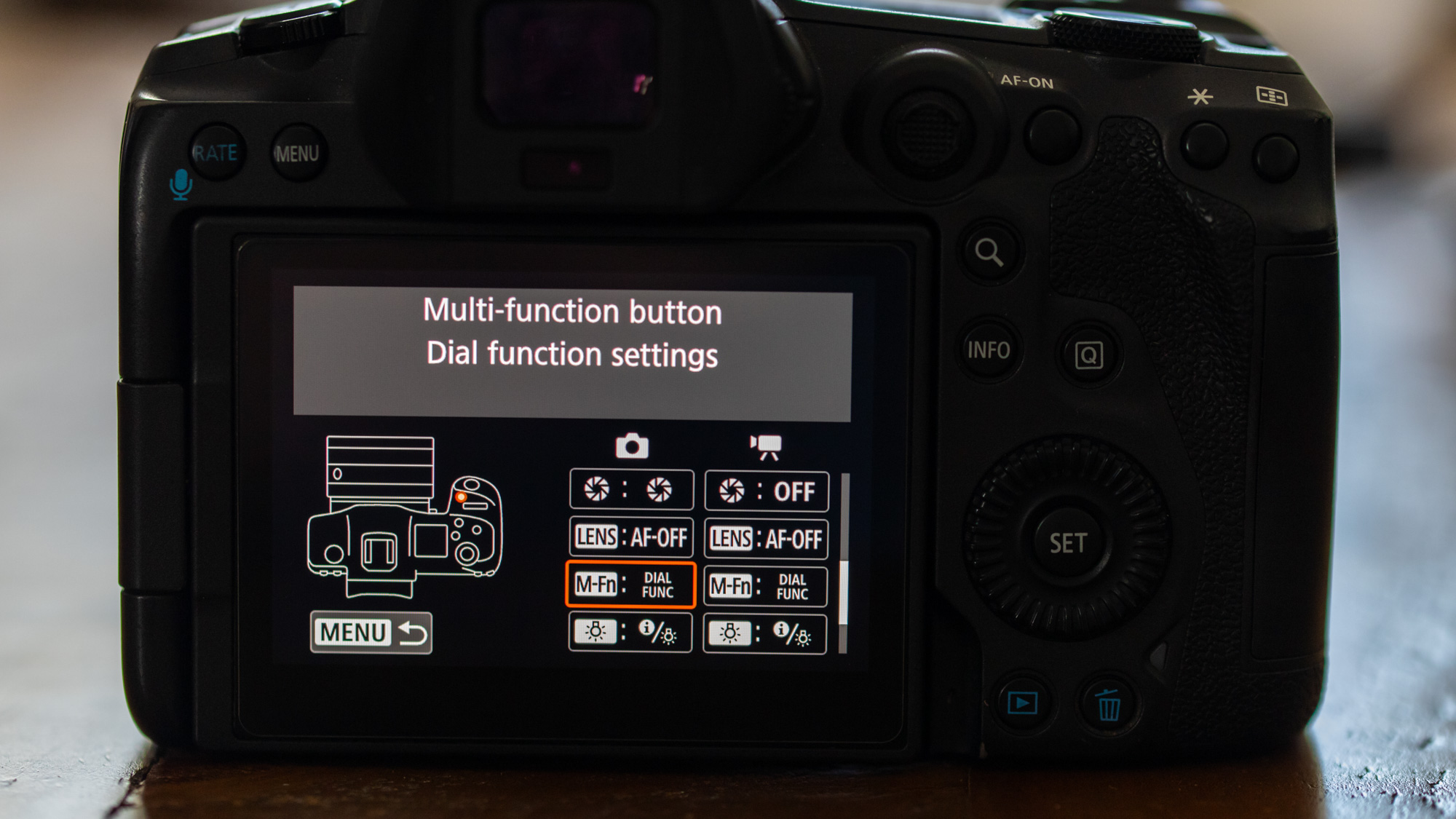
Watch video: Use new Sigma lenses on your EOS R camera
Over five years into the lifecycle of Canon’s mirrorless EOS R system and the only lenses available were Canon’s first-party glass (manual-focus lens options aside). That was until very recently, in July earlier this year third-party lens manufacturer Sigma got the green light to release its 18-50mm f/2.8 DC DN C, and followed up with the more recent 10-18mm f/2.8 DC DN C, with four more of Sigma’s Contemporary lenses slated to drop later this year: the 16mm f/1.4 DC DN, 23mm f/1.4 DC DN, 30mm f/1.4 DC DN and 56mm f/1.4 DC DN.
You might have noted that the one thing in common between all of Sigma’s latest RF offerings is that for now these lenses are all for Canon’s APS-C mirrorless RF-S cameras. You can use these lenses on a full-frame EOS R series body via crop mode, however it’s best suited to high-resolution sensors like those found in the EOS R5 and R5 Mark II as their 45MP full-frame sensors, become cropped to a still very usable 17.3MP. However, a full-frame camera like the EOS R6 which only has 20MP, is cropped down to a less practical 8MP.
Hopefully it’s the start of Sigma releasing more lenses for the EOS R System, and with any luck we’ll start to see more third-party optics filling the holes in the full-frame line-up too. It’s also worth noting that Tamron is also working on an RF mount APS-C lens: the Tamron 11-20mm f/2.8 Di III-A RXD, although it’s yet to be released.
The Sigma 18-50mm f/2.8 DC DN C has proved so popular that it sold out in Japan, and retailers such as Wex here in the UK are bundling Canon APS-C bodies like the EOS R100 and R50 with the Sigma 18-50mm f/2.8 as a kit.
As third-party optics, the two new Sigma lenses don’t feature Canon’s control ring or have a switch to toggle between manual and AF, so here we’ll run through some tips to set up your Sigma lenses and get them working perfectly on your EOS camera.
1. EOS R system APS-C bodies

There are currently four Canon EOS R camera bodies with an APS-C sensor that will work with the Sigma lenses: the entry-level EOS R100 and R50 and more premium EOS R7 and R10. You can also use full-frame bodies like the EOS R5 in 1.6x crop mode too.
2. Crop factor

Designed for APS-C cameras the Sigma 18-50mm lens has a full-frame equivalent of 28.8-80mm, while the 10-18mm has an equivalent of 16-28.8mm. This is for both APS-C and full-frame bodies, as the crop mode cannot be turned off in the latter.
3. Sigma 18-50mm f/2.8 DC DN | C

This lens is an alternative to kit lenses like the Canon RF-S 18-45mm lens, offering a greater zoom range, better image quality and weather sealing too, so it’s a brilliant all-day lens to keep attached to your EOS when you’re out and about taking photos.


4. Sigma 10-18mm f/2.8 DC DN | C

The slightly newer Sigma 10-18mm f/2.8 lens is a superb light and compact wide-angle zoom which compliments the 18-50mm very well. It’s great for those times when you need a wide-angle to squeeze in details, and on a full-frame body like the R5 it’s a great compact lens for street photography.


5. No control ring, no problem

Unlike Canon’s native RF and RF-S lenses the Sigma lenses don’t have a control ring. You may be used to using the control ring to quickly adjust settings such as aperture or ISO, but if you Canon has a function (M-Fn) button it’s worth customizing this so that you can still quickly change these settings.

6. How to focus manually

Neither of the currently available Sigma lenses have a physical switch on the barrel to flick between AF/MF. Instead, you’ll need to go into the Camera Menu on your Canon and find Focus Mode and switch it over. On our EOS R100 this was found in Camera Menu no. 4.
7. Keep your lenses up to date

One of the perks of using Sigma lenses is that they can be updated via a USB dock to update firmware and configure parameters such as AF speed and optical image stabilisation.
If you're serious about scenery, take a look at the best cameras for landscape photography along with the best lenses for landscapes.







